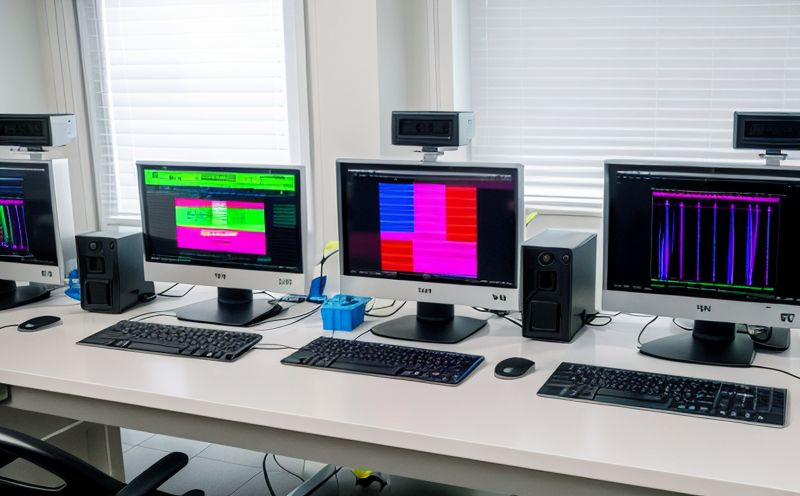ISO 15216-1 Norovirus Detection and Quantification by RT-qPCR
The ISO 15216-1 standard provides a robust framework for the detection and quantification of noroviruses using reverse transcription quantitative polymerase chain reaction (RT-qPCR). This method is particularly advantageous in environments where public health, food safety, water quality, and environmental monitoring are critical. The standard ensures accurate quantification, which is essential for understanding the prevalence and impact of norovirus contamination.
The process begins with the collection of a specimen that may include stool samples from individuals showing symptoms or potential exposure, water sources, or surfaces suspected of contamination. Proper sample handling is crucial to maintain integrity and avoid false positives. Post-collection, the specimens are processed through a series of steps including homogenization, nucleic acid extraction, and reverse transcription into RNA if DNA is not being analyzed.
The RT-qPCR technique amplifies specific regions of the norovirus genome and quantifies them using fluorescent markers. The assay typically targets sequences within the non-structural protein region (NSP) or capsid gene to ensure specificity and sensitivity. The qPCR instrument used must comply with the standard's technical requirements, ensuring consistent performance across different laboratories.
Compliance with ISO 15216-1 is vital for industries such as food processing, healthcare, water treatment plants, and environmental monitoring agencies. It provides a standardized method to detect norovirus at levels that could pose health risks, thereby supporting the implementation of effective mitigation strategies.
The standard also emphasizes the importance of inter-laboratory validation to ensure consistency in results across different testing facilities. This is particularly important for regulatory compliance and ensuring that public health measures are appropriately implemented.
Applied Standards
| Standard Name | Description |
|---|---|
| ISO 15216-1 | Methods for the detection and quantification of noroviruses in environmental and food samples by reverse transcription real-time polymerase chain reaction (RT-qPCR) |
| ASTM E2864 | Standard test methods for detecting norovirus using RT-qPCR |
The application of these standards ensures that the testing process is consistent and reliable. Compliance with ISO 15216-1 guarantees accurate detection and quantification, which are essential for public health protection.
Eurolab Advantages
- State-of-the-art facilities equipped with advanced RT-qPCR instrumentation
- Experienced microbiologists and virologists specializing in norovirus detection
- Precision and accuracy guaranteed by ISO accreditation
- Dedicated team of scientists to ensure compliance with international standards
- Comprehensive reporting services tailored to meet regulatory requirements
At Eurolab, our commitment to excellence ensures that every test conducted adheres strictly to the ISO 15216-1 standard. Our expertise in this field allows us to provide reliable and accurate results that are essential for maintaining public health standards.
Use Cases and Application Examples
| Scenario | Description |
|---|---|
| Food Safety Audits | Evaluating the potential norovirus contamination in food products during production, storage, and distribution. |
| Water Quality Monitoring | Detecting noroviruses in water sources to ensure compliance with safety standards. |
| Environmental Surveys | Identifying norovirus presence on surfaces or in environmental samples for risk assessment. |
- Healthcare Settings: Ensuring that medical facilities are free from norovirus contamination to protect patient health.
- Educational Institutions: Preventing outbreaks by monitoring and controlling the spread of noroviruses in school environments.
- Recreational Facilities: Maintaining safety standards for swimming pools, spas, and other water-based activities.
The ISO 15216-1 standard is crucial in these scenarios as it provides a standardized method to detect norovirus levels that could pose health risks. This ensures that appropriate measures are taken to prevent the spread of infection.





